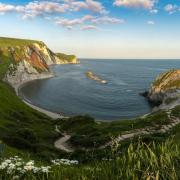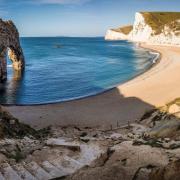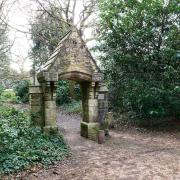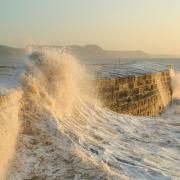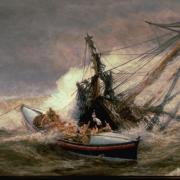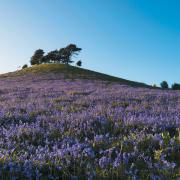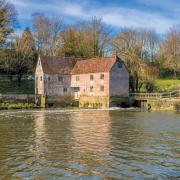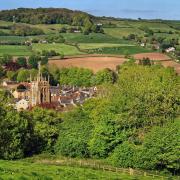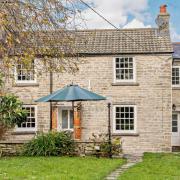Corfe Castle ...past
In 1832 Corfe Castle had the political rug pulled from under it. A small town of under 1,500, of whom only 44 had the right to vote (and all but 14 were absentee voters), it was the classic 'Rotten Borough'. It's two MPs were in the pocket of the principal landowners. The Bankes family nominated one, the Bonds the other – and this was at a time when Manchester, with a population of 170,000, had no MPs at all. The Reform Act of 1832 removed both of Corfe's MPs at a stroke, accelerating its decline throughout the rest of the century.
Corfe's wealth stemmed from the quarrying of Purbeck stone. Throughout the 13th and 14th centuries Purbeck marble was brought by wagon to the masons' yards in West Street to be worked into fonts, pillars and tombs. Deposits of chippings up to 12 feet thick have been found at this location. By the Victorian period the trade had shifted to Swanage. All that survived was the traditional Shrove Tuesday ceremony of the Ancient Order of Purbeck Marblers, when new apprentices were admitted, and a football kicked to the quay at Ower on Poole Harbour which, together with the payment of a pound of pepper, preserved the right of way along which the stone had once been transported.
A replacement industry for Corfe was the digging of clay. The 1851 census lists 93 men as 'labourers in clay pits'. The clay was shipped by barge to Poole, finally ending up in prestigious Midlands’ potteries such as Wedgewood and Minton. But, like elsewhere in rural Dorset, Corfe's population fell as a result of the depression in farming in the late 19th century. Bustling West Street turned into a backwater, and the once famous Thursday market fell into abeyance.
Corfe's saviour was the opening of the Wareham to Swanage railway in 1885, bringing visitors eager to clamber amongst the ruins of its famous castle. Those first tourists, most of whom will have come by charabanc from Studland or paddle steamer from Bournemouth before boarding the train at Swanage, helped turn the Corfe Castle into one of the most popular attractions in the country. In 2021 it recorded over 204,000 visitors.
Corfe Castle ...present
The Castle: Established by William the Conqueror and partially destroyed in the English Civil War, explore 'murder holes' and arrow loops in the majestic ruins of this 1,000-year-old castle shaped by warfare. nationaltrust.org.uk
Famous Five: Corfe Castle was the inspiration for the Famous Five’s Kirrin Castle. Enid Blyton visited the ruin in 1941, arriving by steam train from Swanage, something you can still do today. swanagerailway.co.uk
Outdoor Theatre: The Castle not only hosts Saxon, Viking, Medieval and Civil War re-enactments, on summer evenings its dramatic backdrop is where you can watch outdoor theatrical performances under the stars. nationaltrust.org.uk




